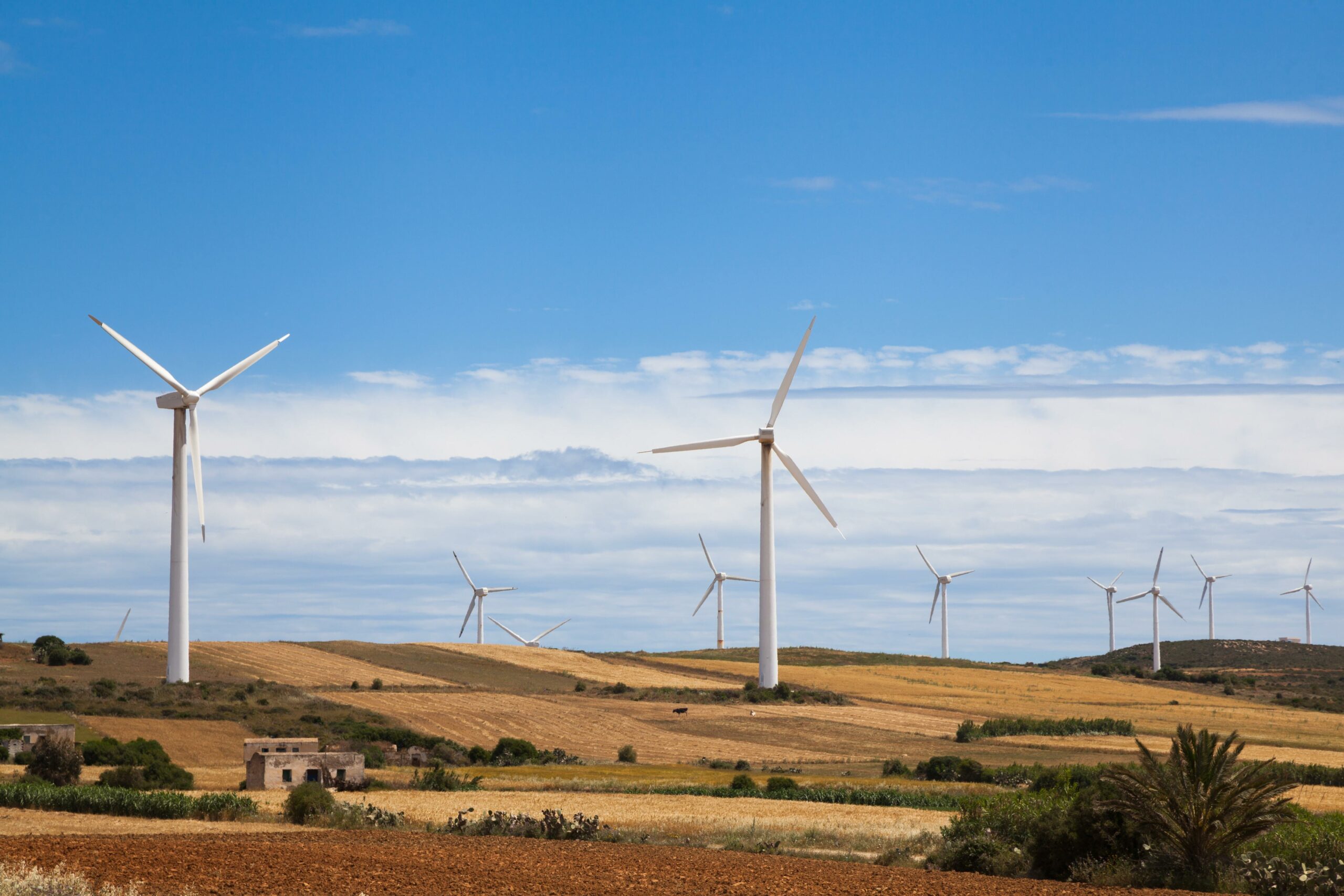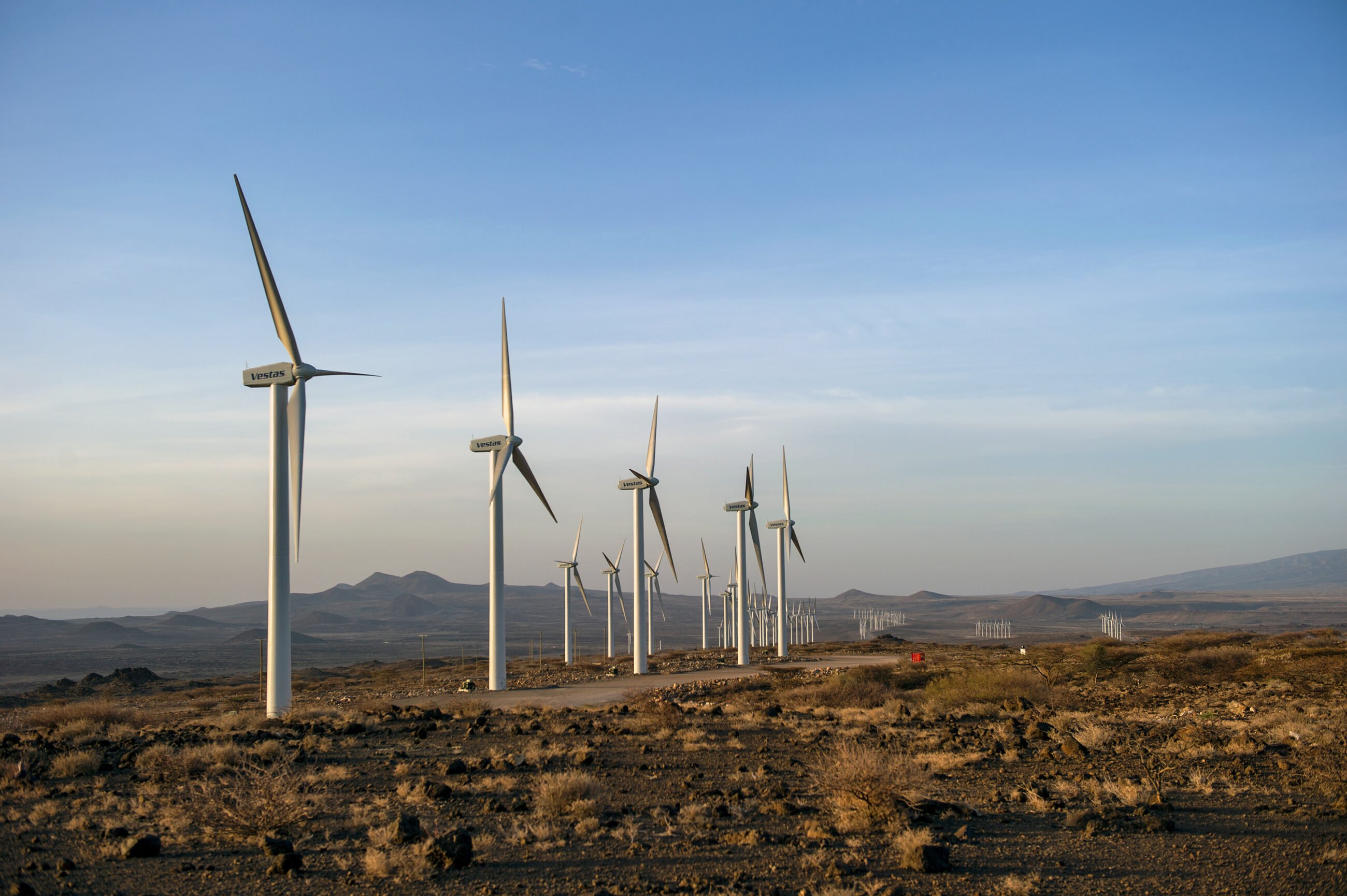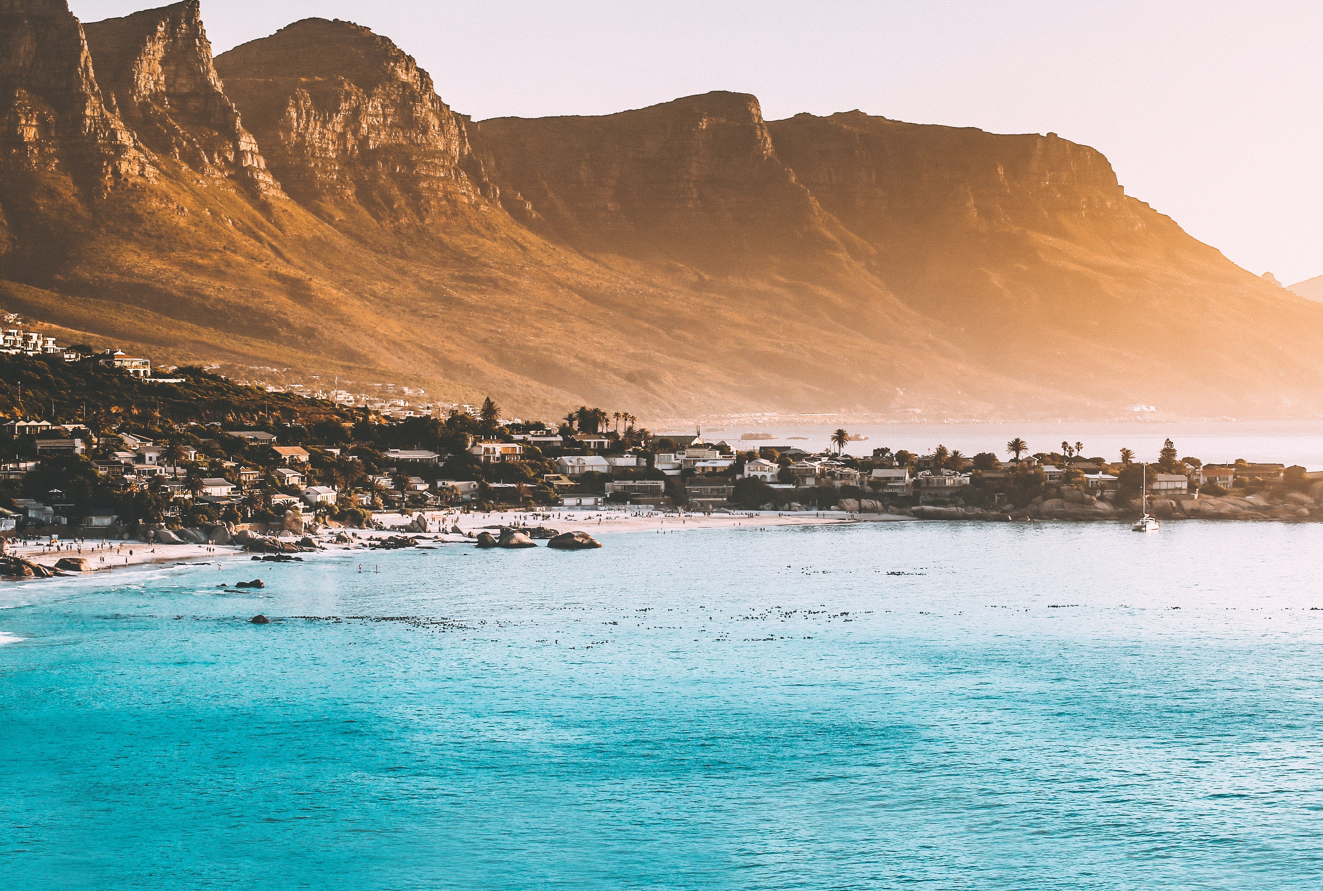Danish solutions in Kenya
A climate partnership between Kenya and Denmark has paved the way for green Danish solutions in Kenya.
Read more about Danish solutions in KenyaNews
Climate partnerships
Climate change adaptation
Energy efficiency
+16


Through the Danish Climate Act, Denmark has committed to fighting climate change and limiting global temperature rise with an ambition of reaching a 70% reduction in greenhouse gas emissions by 2030 and ultimately climate neutrality by 2050 at the latest. But by only accounting for 0.1% of the world’s CO2 emissions, Denmark also seeks to influence green transition beyond its national borders.
That’s why Denmark collaborates with 24 countries, representing 70% of the global CO2 emissions. In teaming up with bigger countries, Denmark’s government-to-government cooperation seeks to accelerate the speed of the global green transition by sharing best practices from five decades of Danish experiences within green energy transition.
Across Africa, the energy cooperation seeks to share experiences, know-how, technical solutions and regulatory frameworks within renewable energy through close collaborations with partners in Kenya, South Africa, Egypt and Ethiopia. With local energy advisors present in each country, Denmark also seeks to strengthen diplomatic relations, alongside the contribution to Africa’s green transition.

A climate partnership between Kenya and Denmark has paved the way for green Danish solutions in Kenya.
Read more about Danish solutions in KenyaIn line with economic growth, Kenya expects an increase in the country’s energy consumption towards 2030. By end of this decade, Kenya plans to deliver universal access to electricity for all its citizens and part of becoming a ‘industrialising, middle-income country’. This requires an expansion of the national electricity system, where Kenya’s large solar and wind resources are utilised to a much greater extent.
Kenya seeks to continue its green energy transition by achieving 100% green electricity by 2030 and thus becoming a good example for other developing countries. An increase in solar and wind energy could also lead to the desire for lower electricity prices.
Therefore, Danish-Kenyan cooperation is focusing on energy planning and integration of renewables into the Kenyan energy systems.
Related news: Providing green, reliable, economical energy to Kenya

Initiated in 2011, the Danish-South African cooperation focuses on energy planning, liberalization of the electricity market and integration
of renewable energy in South Africa through sharing know-how, expertise and concrete tools from the Danish energy sector.
With the Integrated Resource Plan, the government in South Africa has established a strategy for a fair and green energy transition in the country, with a goal set to reduce carbon emissions 42% below business-as-usual in 2025.
Today, the South African energy supply is unstable and cannot keep up with demand, and the energy sector stands as the biggest emitter of carbon in South Africa.
Since 2013, Denmark and the Danish Energy Agency have actively assisted South Africa in deploying low-carbon technologies through the Danish-South African Renewable Energy Programme.
The Danish energy industry has a long history of creating optimal conditions for renewable energy in an electricity market with free competition. These experiences are shared with South Africa to boost the country’s green transition, with a plan of growing the share of renewable energy steadily and transforming local jobs within the coal industry into new greener jobs.
A concrete example of the Danish-South African cooperation is expressed through a project to uncover the potential of wind conditions in South Africa’s largest coal province of Limpopo. The plan is to replace old obsolete coal power plants with green wind farms in the future. Denmark supports the project together with the South African Ministry of Energy.
Related news: Ahead of COP27: South Africa and Denmark cooperate on developing a sustainable, just and secure energy supply in South Africa
Read more about the Danish Energy Agency’s collaboration with South Africa

The government-to-government cooperation between Denmark and Egypt have provided business opportunities for Danish solution providers, helping Egypt accelerate its green transition towards renewable energy targets.
Read more about Danish solutions in EgyptAccording to the IEA (International Energy Agency), Egypt is the largest consumer of oil and natural gas on the African continent.
One of the challenges Egypt faces is to ensure sufficient flexibility in the electricity system so that the increasing share of wind and solar energy can be utilised optimally.
Denmark is considered a frontrunner in this area and is therefore supporting the local authorities in successfully integrating renewable energy, such as solar and wind, in the Egyptian energy systems. Through a Danish-Egyptian partnership dating back to the beginning of the 1990’s, The Danish Energy Agency is aiming to make Danish experiences available and relevant in an Egyptian context.
With its expertise in the green transition, Denmark will contribute to Egypt achieving its goal of 42% of renewable energy in 2035. This corresponds to reaching a total amount of 63 GW of renewable energy – compared to the current 5 GW. Egypt also expects to reduce electricity consumption from large electricity consumers by 18% through several energy-saving measures.
Together with Egyptian partners, Denmark supports energy efficiency in Egypt by developing concrete tools supporting Egyptian ambitions. By posting a long-term senior energy advisor at the Danish Embassy in Cairo, Denmark will provide technical assistance and active involvement, including support and dialogue with local Egyptian stakeholders.
Related news: Ahead of COP27: Danish energy cooperation accelerates Egypt’s green transition

Denmark cooperates with Ethiopia through the AWPGE-programme, supporting Ethiopia reaching its huge potential in wind energy. Danish solution providers exchange knowledge and technical assistance in the area.
Read more about Danish solutions in EthiopiaIn recent years, Ethiopia has been fighting challenges such as vast droughts, making the energy systems increasingly unreliable. With recent economic growth and domestic demand, the government of Ethiopia is investing massively in clean renewable energy, such as solar, hydropower, geothermal energy, and finally – wind energy.
Through the Accelerated Wind Power Generation in Ethiopia (AWPGE) Programme, the Danish Energy Agency (DEA), the Danish Foreign Ministry and the Danish transmission system operator Energinet is helping Ethiopia reaching its huge potential in wind energy, by providing technical assistance, experience and Danish solutions to serve as best practice.
Based on experience from Danish large-scale wind project tenders being transferred to Ethiopia, DEA is cooperating with Ethiopian authorities on designing a new tendering framework for future large-scale wind projects and providing technical assistance.
Additionally, the Danish TSO Energinet is sharing knowledge with the Ethiopian TSO, Ethiopian Electric Power (EEP), with the purpose of incorporating more wind power into the Ethiopian energy system.
Finally, a Danish energy advisor has also been placed in the Ethiopian Ministry of Water, Irrigation and Energy to help with strategic issues and coordinate the programme implementation.
Related news: Optimizing green power sector planning in Ethiopia
events
Carbon capture, storage and utilisation
+4